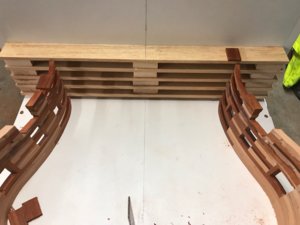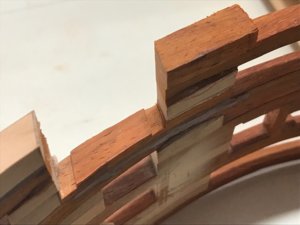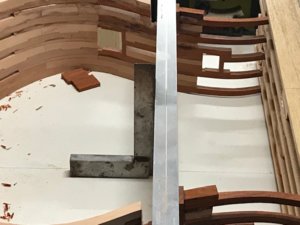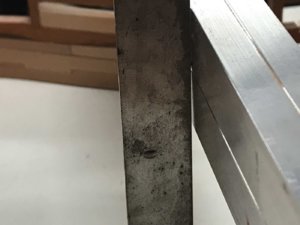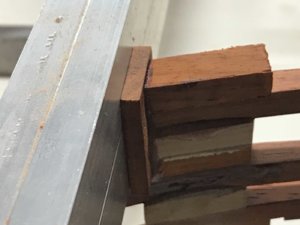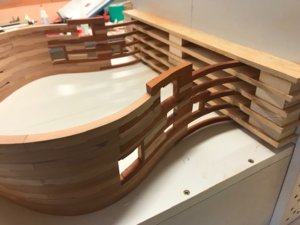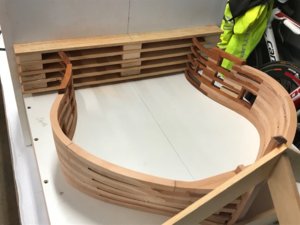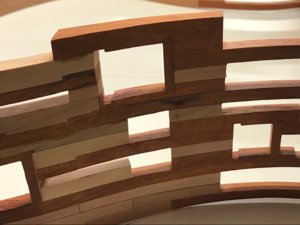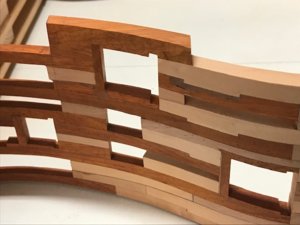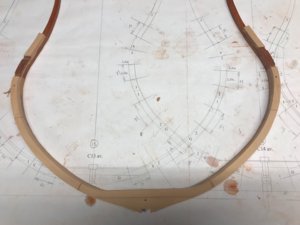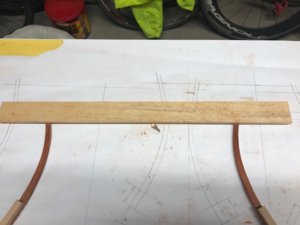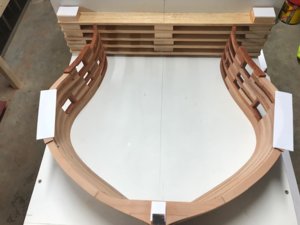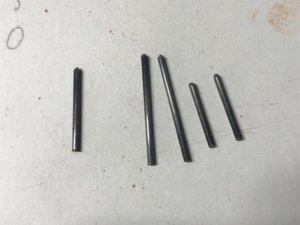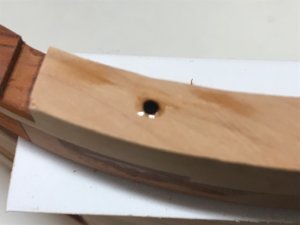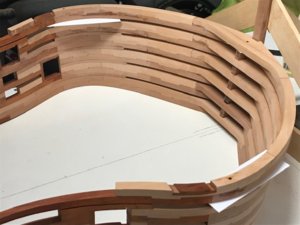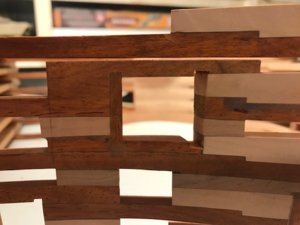Michel I actually find it straight forward provided all measurements are constantly checked.The last frame was a problem as it had sprung out of shape.I put this down to the mortices being too tight.I assembled a frame this morning and noticed that if these joints are too snug the frame starts moving about so I trimmed a little more off the problem area.
The next frame is now glued in position.No wedging required and everything lines up as it should.Next I have to complete works around the two gunports.The next frame will not be glued,it will be pinned with floating dowels,as this will be one of my movement joints.I plan to use plastic spacers temporally for set up purposes and the joint will be split and these removed before final assembly.
Lastly my new toy was delivered today,this enables me to work on fairing frames on mass,so from now on no fairing other than the area around the floor until a good chunk is assembled.
Kind Regards
Nigel
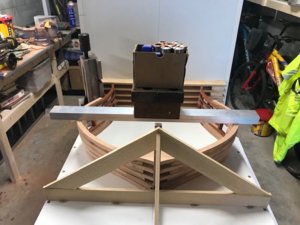
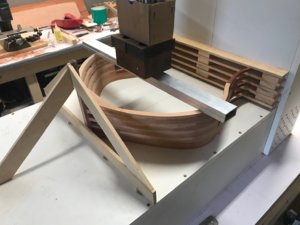
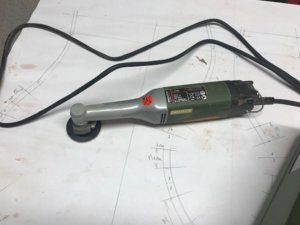
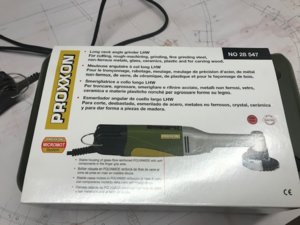
The next frame is now glued in position.No wedging required and everything lines up as it should.Next I have to complete works around the two gunports.The next frame will not be glued,it will be pinned with floating dowels,as this will be one of my movement joints.I plan to use plastic spacers temporally for set up purposes and the joint will be split and these removed before final assembly.
Lastly my new toy was delivered today,this enables me to work on fairing frames on mass,so from now on no fairing other than the area around the floor until a good chunk is assembled.
Kind Regards
Nigel









